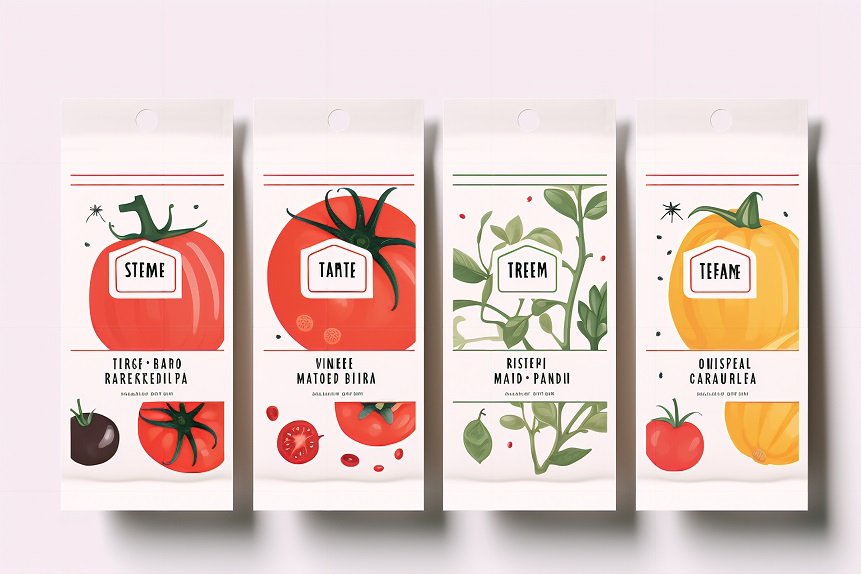
Climate Label Legislation Promotes Sustainable Food Choices
- foodfightadmin
- October 2, 2024
- Climate Change, Federal, Nutrition
- adlps, ads pages
- 0 Comments
Congresswoman Julia Brownley (CA-26) and Representative Sean Casten (IL-6) have introduced the Voluntary Food Climate Labeling Act, a new piece of legislation aimed at empowering consumers to make more eco-friendly food choices. This bill proposes a voluntary labeling system that would allow food producers, manufacturers, and retailers to showcase the environmental impact of their products by detailing their carbon footprint.
Under the proposed law, the U.S. Environmental Protection Agency (EPA) would collaborate with food industry stakeholders to develop a label that provides clear, EPA verified information on the greenhouse gas emissions associated with a product. This would cover every stage of the food’s lifecycle, including production, manufacturing, distribution, and even consumer use and disposal.
The goal of the bill is twofold: to enable food producers and retailers to highlight their efforts to reduce emissions and to give consumers the data they need to make sustainable shopping decisions. “This legislation will revolutionize the way consumers learn about the climate impact of the food they eat,” said Brownley.
The labeling program, overseen by the EPA, will be developed in consultation with the Federal Trade Commission (FTC) and the U.S. Department of Agriculture (USDA). Participation in the program will be voluntary, allowing food producers and retailers to opt in if they choose to feature the climate label on their packaging.
The label itself will provide a numerical summary of the greenhouse gas emissions generated from the lifecycle of the product, including growing, manufacturing, processing, packaging, distribution, storage, and even consumer use and end-of-life disposal. The food producer, manufacturer, or retailer will supply the information up to the point of sale (referred to as “cradle-to-gate”), while the EPA will estimate the emissions related to consumer use, recycling, and disposal, based on typical usage patterns.
Importantly, the label will not dictate whether a particular food is good or bad in terms of environmental impact. Instead, it will simply provide factual information verified by the EPA, leaving the consumer to make informed decisions based on the data. The label will also feature a logo for easy identification, as well as a QR code for consumers who want more detailed information.
To ensure the label is user-friendly and effective, the EPA will work with food industry stakeholders throughout the development process. This may include forming a federal advisory committee or conducting negotiated rulemaking to incorporate feedback from the industry.
The introduction of this legislation signals a growing interest in making environmental impact a key factor in consumer decision-making. If passed, the Voluntary Food Climate Labeling Act could pave the way for a more sustainable food industry by increasing transparency and encouraging environmentally conscious choices among shoppers.








